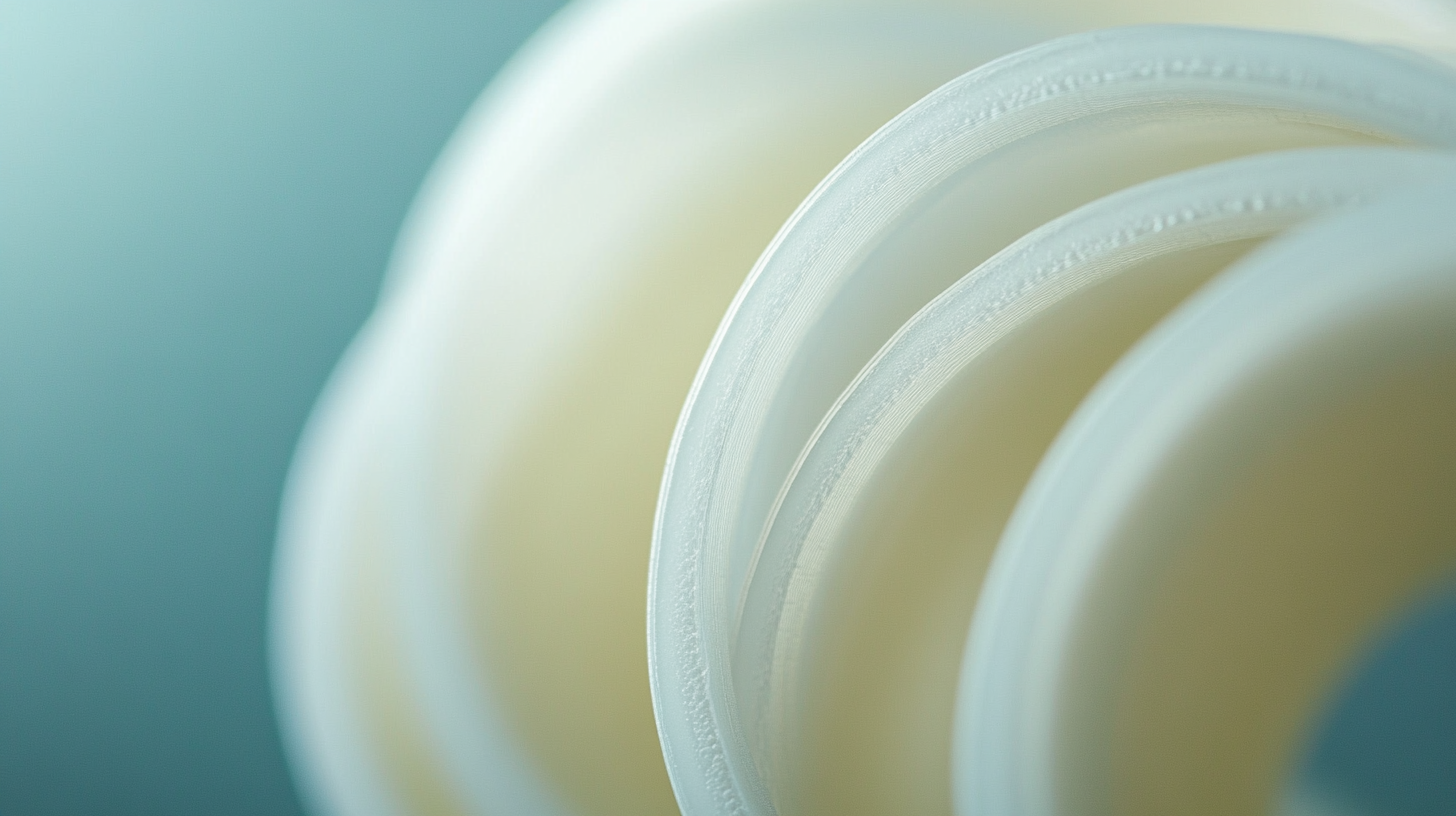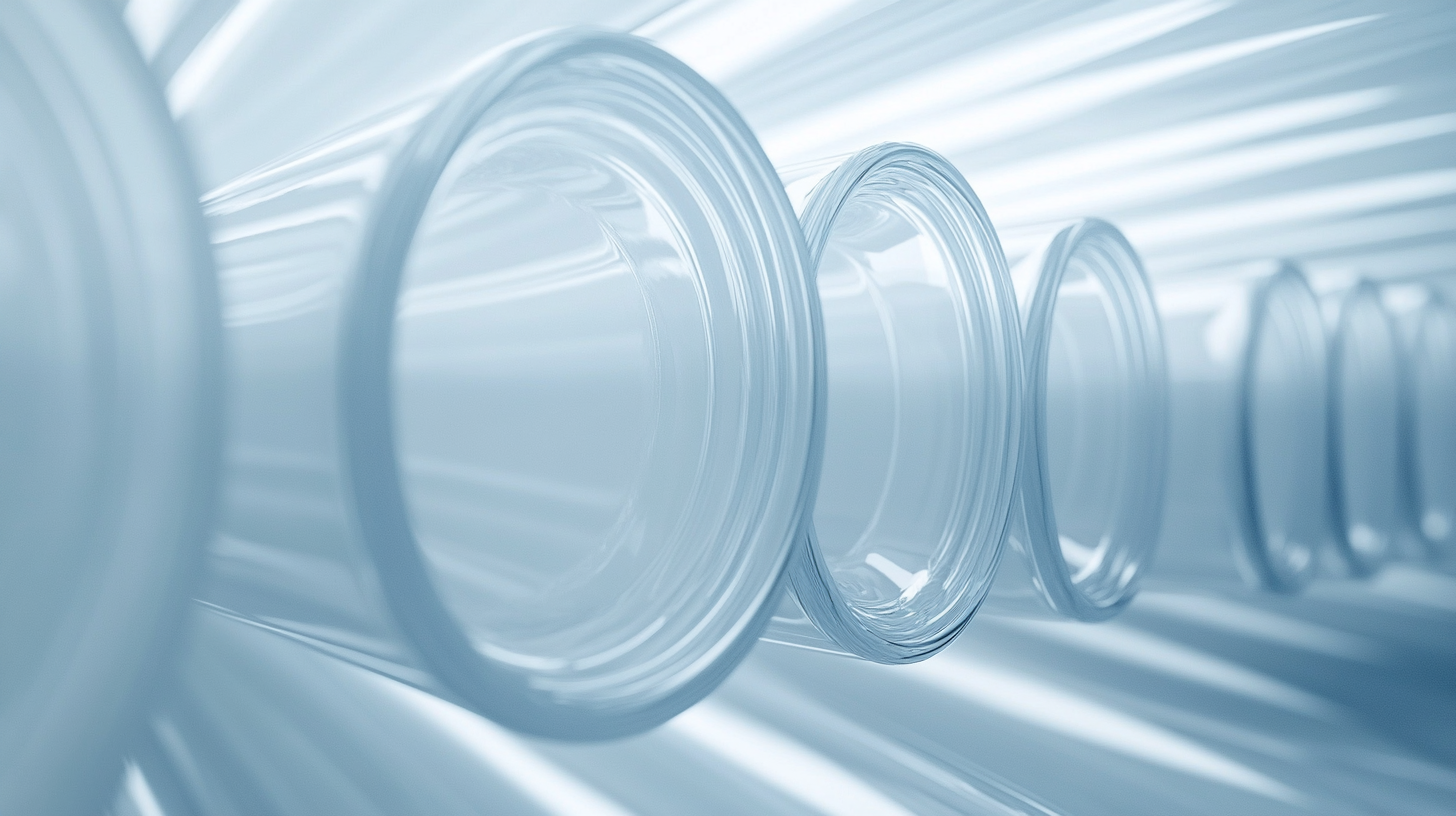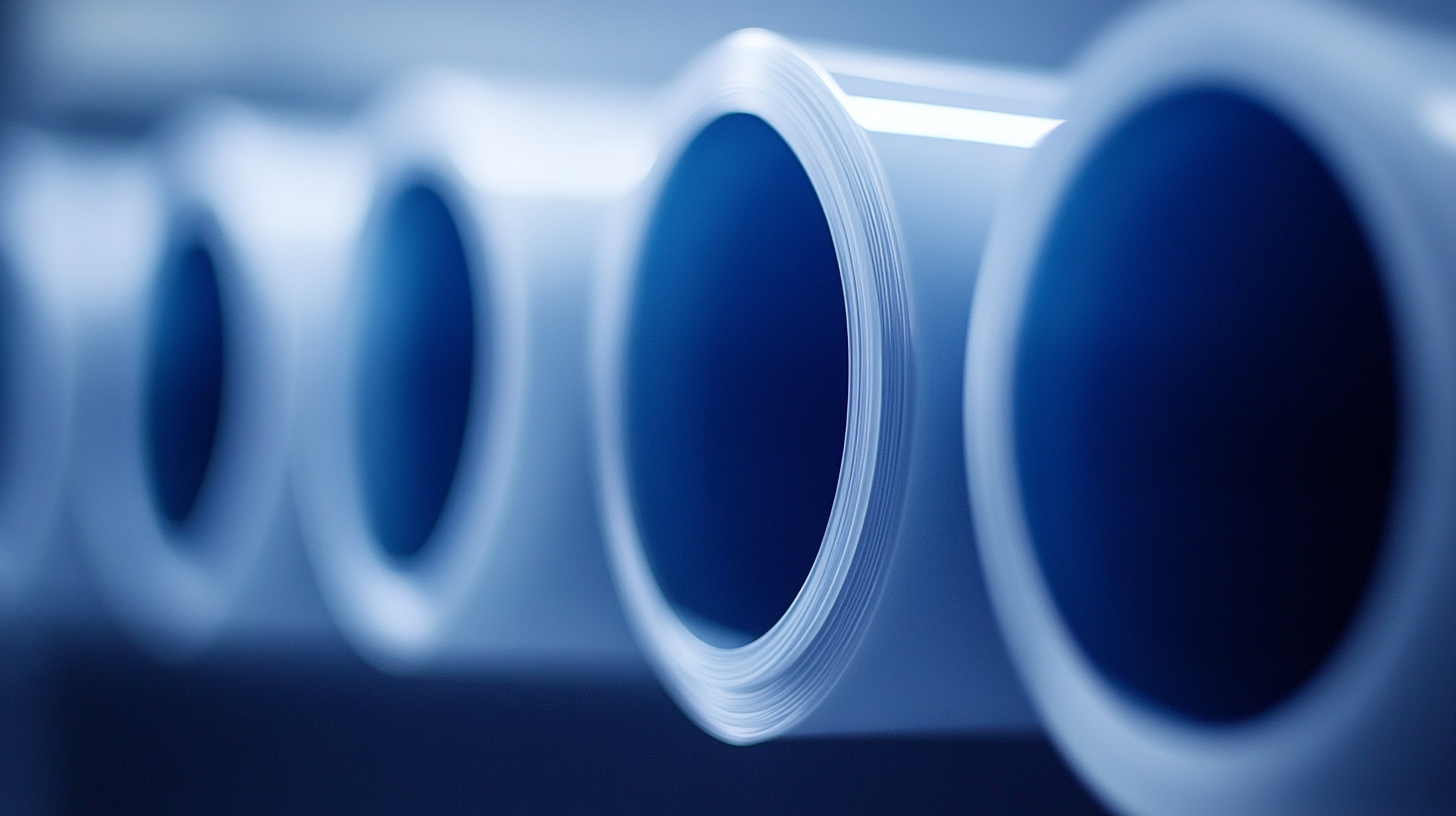- Home
- Products
- Services
- Product concept development
- Engineering
- Design for manufacturability
- Regulatory services
Read more - Material selection and formulation
- Prototyping
- Testing and validation
Read more - Production process development
- Custom tooling
- Manufacturing
- Finishing operations
- Assembly
- Packaging
- Private labeling
- Sterilization
Read more
- Resources
- Careers
- Search
In-Depth Technical Specifications of PTFE Liners: A Comprehensive Guide
In the world of industrial applications, the choice of materials often determines the efficiency, durability, and overall performance of equipment. One such material that has gained significant traction is the PTFE liner. Renowned for its exceptional chemical resistance, low friction, and high-temperature stability, PTFE liners have become an essential component in various industries, including chemical processing, pharmaceuticals, and food production. This comprehensive guide delves into the in-depth technical specifications of PTFE liners, providing valuable insights into their properties, applications, and benefits. Whether you are an engineer, a procurement specialist, or simply curious about this versatile material, understanding the nuances of PTFE liners will empower you to make informed choices that enhance your projects and operational efficiencies. Join us as we explore the fascinating world of PTFE liners and their pivotal role in modern industrial applications.

Understanding PTFE Liners: Properties and Benefits
PTFE liners, or polytetrafluoroethylene liners, are renowned for their unique properties that cater to a variety of industrial applications. One of the standout characteristics of PTFE is its exceptional chemical resistance, allowing it to withstand corrosive substances that could damage other materials. This makes PTFE liners ideal for environments where exposure to harsh chemicals is a common occurrence, such as in the chemical processing and pharmaceutical industries. Additionally, PTFE possesses a low friction coefficient, enabling smoother movement and reducing wear and tear in systems where liners are employed.
Another significant benefit of PTFE liners is their capability to operate over a wide temperature range. They remain stable and functional in extreme heat and cold, making them suitable for both high-temperature applications and cryogenic conditions. This thermal stability, paired with their excellent dielectric properties, enhances their utility in electrical applications, providing insulation without compromising safety. Furthermore, PTFE is non-stick, which helps in minimizing residues and facilitating easier cleaning, thereby increasing efficiency in systems where contamination is a concern. Overall, the properties and benefits of PTFE liners make them an indispensable component in many technical and industrial settings.
In-Depth Technical Specifications of PTFE Liners: A Comprehensive Guide
| Property | Specification | Benefits |
|---|---|---|
| Chemical Resistance | Excellent resistance to acids, bases, and solvents | Prevents corrosion and extends service life |
| Temperature Range | -200°C to 260°C (-328°F to 500°F) | Suitable for extreme temperature applications |
| Friction Coefficient | 0.05 - 0.1 | Low friction promotes smooth operation |
| Electrical Insulation | Excellent dielectric properties | Ideal for electrical applications |
| Durability | Long-lasting and resistant to wear | Reduces maintenance costs |
Key Applications of PTFE Liners in Various Industries
PTFE liners have become indispensable in various industries due to their unique properties, including chemical resistance, low friction, and high-temperature tolerance. The chemical processing sector, for instance, extensively uses PTFE liners because they can withstand aggressive solvents and acids. According to a report by Grand View Research, the global PTFE market size was valued at approximately $2.5 billion in 2020, with the demand in the chemical industry projected to grow significantly, reaching around $3.8 billion by 2028.
In the pharmaceutical industry, PTFE liners are critical for maintaining the purity of products during processing. These liners prevent contamination and ensure compliance with stringent regulatory standards. Research indicates that the global pharmaceutical market is expected to reach $1.57 trillion by 2023, further amplifying the need for reliable and inert materials like PTFE in production equipment. Additionally, the food and beverage sector leverages PTFE liners for their non-reactive qualities, ensuring that food products remain uncontaminated. The food safety market, which was estimated to be worth $19.3 billion in 2021, underscores the importance of using high-quality materials in food processing to prevent foodborne illnesses.

Installation and Maintenance Tips for PTFE Liners
When it comes to installing PTFE liners, proper preparation and technique are crucial for achieving long-lasting performance. First, ensure that the surface where the liner will be applied is clean and free from any contaminants. Dirt, oils, or residues can hinder adhesion and lead to premature failure. Additionally, consider the ambient conditions during installation; temperature and humidity can significantly affect the curing process of any adhesives used.
Maintenance of PTFE liners is equally important to maximize their lifespan. Regular inspections should be conducted to check for signs of wear or damage, especially in high-friction environments. Be mindful of the operating conditions that the liners endure, as extreme temperatures or chemical exposures can necessitate more frequent maintenance. If degradation is observed, timely replacement of the PTFE liner can prevent more extensive damage to the underlying components, ensuring that systems—much like rod ends in mechanical joints—maintain their integrity and function efficiently.
PTFE Liners Installation and Maintenance Overview
Comparative Analysis: PTFE Liners vs. Other Materials
When evaluating the performance of PTFE liners, a comparative analysis with other materials reveals distinct advantages that make PTFE a preferred choice in various applications. PTFE, or polytetrafluoroethylene, exhibits exceptional chemical resistance, enabling it to withstand aggressive substances that may degrade other lining materials such as rubber, PVC, or even some metal coatings. This property is particularly crucial in industries like chemical processing and pharmaceuticals, where purity and resilience are paramount.
Another important factor in this comparison is temperature tolerance. PTFE liners can operate effectively in extreme temperature ranges, from cryogenic conditions up to 260°C (500°F), without losing their structural integrity. In contrast, materials like rubber or certain plastics may deform or fail under similar conditions. Additionally, PTFE has a lower friction coefficient than most materials, which reduces wear and enhances the lifespan of machinery components. This lower friction not only contributes to energy efficiency but also minimizes maintenance costs over time, making PTFE liners an economically viable option for many industrial applications.

Future Trends in PTFE Liner Technology and Innovation
The future of polytetrafluoroethylene (PTFE) liner technology is increasingly shaped by innovative trends and growing market demand. According to a recent analysis from Custom Market Insights, the global PTFE coatings market is projected to reach a remarkable USD 20.62 billion by 2033, reflecting a compound annual growth rate (CAGR) of 5.15%. This growth is largely driven by advancements in materials science and the rising demand for minimally invasive medical procedures, which necessitate the development of more sophisticated liner technologies.
Simultaneously, the introduction of sustainable, PTFE-free alternatives is becoming a significant trend within the industry. Companies are now focusing on creating compliant and eco-friendly solutions to reduce environmental impact while maintaining performance. For instance, a new range of PFAS- and PTFE-free laminates is expected to set a new standard by 2025. These developments highlight the industry’s commitment to innovation, pushing the boundaries of technology in PTFE liner applications.
In addition, emerging processes like microextrusion and surface modification are paving the way for next-generation catheter designs, leading to ultra-thin and high-strength liners. As the demand for advanced healthcare technologies continues to grow, the evolution of PTFE liner technology will play a crucial role in enhancing medical device performance and overall patient outcomes.






